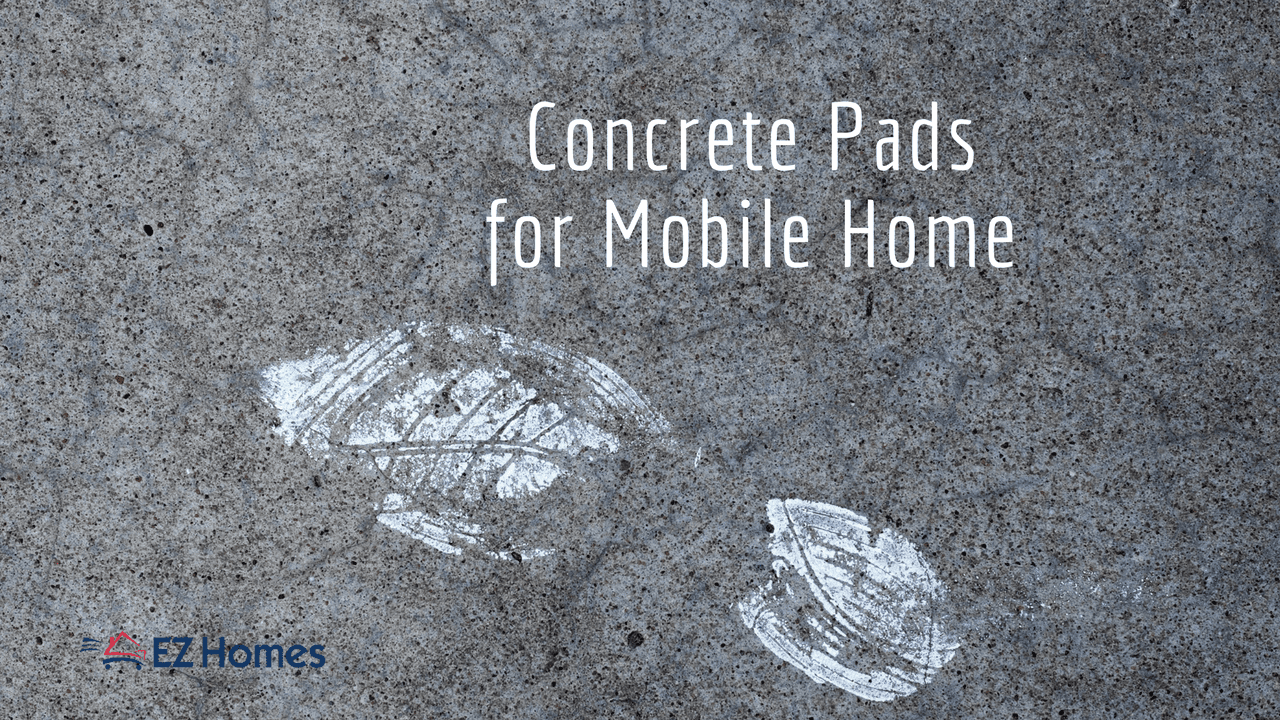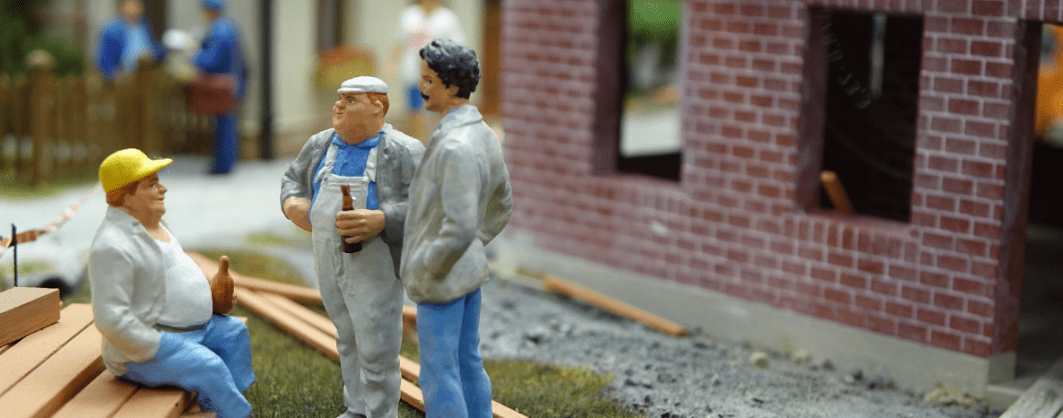Having a strong foundation is an important thing to have in life. From your work-life balance to your mental health, being grounded and stable is something that all of us desire. Having a good foundation is also critical when you are considering buying a mobile home. There are so many different types of mobile home foundations that it can get a bit confusing. In this article, we will address the different types of mobile home foundations and why concrete pads for mobile homes are the best.

Permanent foundations
If you choose to go with a permanent foundation, you need to ensure that the land belongs to you. For this type of foundation, you cannot live in a mobile home park or leased land. You see, permanent foundations have to meet the specific requirements to recognize the home as real property. However, they do make it very easy to get financing on the home, especially FHA assured. Of course, FHA also depends on the type of foundation as well as the area, but a permanent foundation makes it easier. You should also expect a permanent foundation to be more expensive than a temporary one.
Basement foundations
A lot of consideration has to go into basement foundations because the measurements have to fit the mobile home exactly. Any corrections, in this case, are bound to be very expensive. The basement footings must meet area building codes based on soil type, energy standards, and local rainfall.
Pit foundation
Pit foundations are similar to basement foundations with very few differences. While they are not large enough to provide living space like basements, they are much cheaper compared to basement foundations. A pit foundation will make your home look like a site-built home and help you qualify for financing.

Non-permanent foundations
Non-permanent foundations can detach from the home to move it when necessary. In this case, reaffixing the home’s wheels, axles, and hinges will allow placement in a new location. With non-permanent foundations, it can be more difficult to get financing for your mobile home.
Runner foundation
Runner foundations are very different from the previous bases but are similar to slab foundations. They use thin stretches of concrete that run from side to side. Other foundations usually have a backbone in the middle with runners extending from it. The layout of the runners need to match up to the home’s support system, and the support piers sit on the runners.
Runner foundations are among the cheapest types of mobile home foundations, but actual cost will depend on the size of your mobile home. They’ll also be more expensive than slab foundations because the layout needs to be precise to the house measurements.
Pier foundations
Pier foundations come in a variety of materials and shapes, and they could use either be steel frames, concrete blocks or a combination of the two. These might seem dangerous, but they have been used for ages and are very safe. Besides that, they are excellent in protecting homes from floods, moving soil and frost.

Slab foundation or concrete pad
Slab foundations are like they sound, a poured slab of concrete that acts as the foundation of the home. Because the house will rest on piers on the slab, the measurements of the slab do not have to be as perfect as the other foundations. Typically, the slab is larger than the mobile home and then skirting is used to cover the space between the house and the slab. The mobile home must be permanently affixed to the slab, so unlike other non-permanent foundations, a slab foundation may qualify for financing.
Pros
Concrete pad foundations are cost-effective and some of the most affordable. The time needed for installation is minimal.
Concrete pads can be poured in a variety of ways. If you live in a harsher climate, they can be insulated around the perimeter to keep the ground warm. They can also be designed to be flood resistant, wind resistant and great for frost.
Cons
Since a concrete pad is relatively thin, if water moves beneath the pad, then the pad could shift as well. Sometimes you might hear concrete pad foundations referred to as floating slab foundations for this reason. However, the pad can be insulated from water drainage, which makes the pad stable.
How to lay concrete pads for mobile homes
Though they can be customized, most pads are poured as follows:
First, the ground is marked and measured with landscape paint or spray paint to lay the foundation. The sod is dug out in the boundaries, and then contractors level the area. Air is pushed out with a compactor to prevent the soil from shifting due to the concrete pad weight. Contractors then dump gravel in the area and unroll wire-mesh over it. The wire is cut to fit the space and is used to reinforce the materials. Once that is done, the frame is set up, and the concrete is poured in the structure to make the pad.
When are concrete pads for mobile homes the best choice?
With a variety of options available to you, picking the right foundation might be difficult. But if you’re looking for a cost-effective option that also provides stability, consider a concrete pad for your mobile home. Installation is quick, and with some careful research, you may be able to qualify your home as real property.


